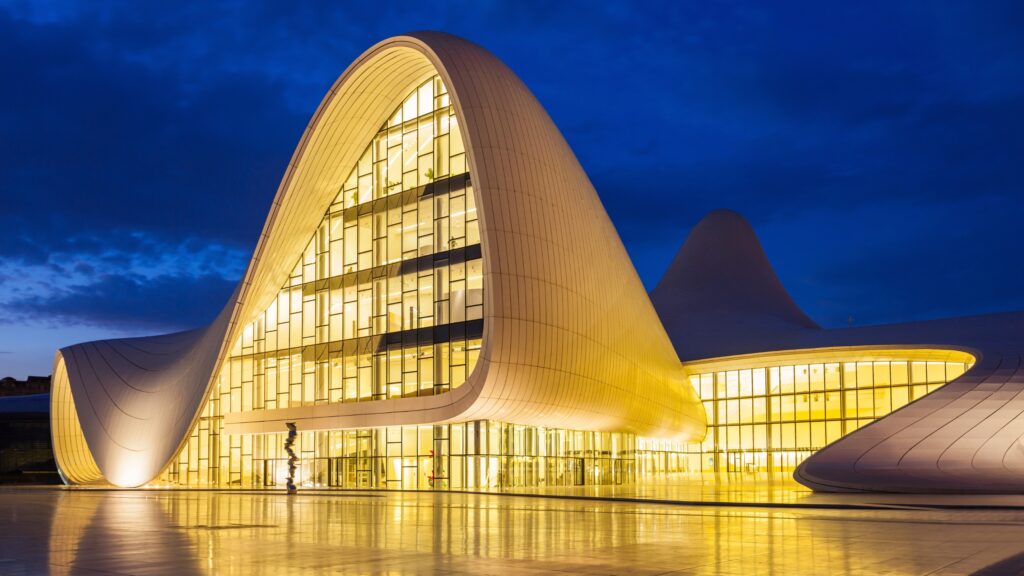There is no better example of how technological innovations hugely influence our world than 3D Printing. Printing real 3D objects was the idea of science fiction.
However, innovations and relentless pursuit of achieving the impossible made it a reality. And now it has been applied to something even bigger – printing houses. Unbelievable, but true.
Recently, a 3-D printed house was built in Amsterdam, and it is the first time that such a feat has been accomplished. But 3D printed houses are gearing up to revolutionize the construction space. This futuristic technology will allow us to live anywhere we want without worrying about construction. The best part? It’s environmentally friendly.
With the pace at which 3-D printing is being adopted, this technology is poised to be the future of housing. We can expect to see more and more 3-D printed homes in the years to come.
How does 3-D printing work?
The printer prints layer upon layer of material to create a three-dimensional object. This technology is not new, but it has only recently been used to print houses. 3-D printers have been used to print prosthetic limbs and medical implants in the past. However, recent advances in 3-D printing technology have made it possible to print entire houses using plastic, metal, or concrete.
What are the benefits of 3-D printed homes?
In view of traditional construction practices, 3D printed houses offer numerous benefits—reduced construction time, reduced labor costs, and of course, reduced material cost.
However, not everything is great about a ready-made 3D printed house. There are a few drawbacks too, although, with time, some of them will surely be overcome.
Limited design options and the higher initial cost is a major drawback right now. However, this is likely to change as technology becomes more popular.
What are the challenges and considerations?
Although there is great potential for 3D printed homes, there are several issues and concerns to be aware of. The following are some crucial areas that require focus:
Regulatory Approval and Building Codes:
Complying with current building codes and regulations is very difficult. The lack of clear norms for 3D-printed construction in many countries necessitates cooperation between regulatory agencies and industry players.
Material Restrictions:
Choosing the right materials for 3D printing is essential. There can be restrictions on the existing selection of printable materials with regard to their resilience to environmental factors, durability, and insulation. To develop materials that meet or beyond conventional construction standards, ongoing research is necessary.
Scalability and Size Constraints:
3D printing works well for small to medium-sized buildings, but it has trouble scaling up to larger structures or multifamily housing. For the technology to effectively manage the complexity of larger projects, more improvement is required.
Technological Obsolescence:
3D printing methods run the risk of becoming outdated due to the quick speed at which technology is developing. Long-term success of the technology depends on its ability to be upgraded and adjusted.
Shortage of experienced Labor:
3D printing helps to eliminate the need for traditional construction labor, but it also creates a demand for experienced technicians who can run and maintain 3D printing machinery.
Financing and Cost Considerations:
Smaller construction companies may find it difficult to enter the market because to the high initial setup costs associated with 3D printing technology. To gain widespread adoption, 3D printed construction must first get funding and prove its long-term cost-effectiveness.
Public Perception and Acceptance:
It can be difficult to persuade the general public, prospective homeowners, and business experts of the dependability and safety of 3D printed buildings. Campaigns for education and awareness are required to increase confidence in this cutting-edge construction technique.
Integration with Conventional Construction Techniques:
3D printing will frequently require integration with conventional construction techniques. It is imperative to guarantee the smooth cooperation and suitability of 3D printing technology with traditional construction methods.
Environmental Impact:
The environmental impact of the materials used and the energy consumed during the printing process should be carefully evaluated, even if 3D printed houses have the potential to be more sustainable. One of the main challenges is finding a balance between efficiency and sustainability.
Long-Term Durability and Maintenance:
It’s critical to make sure that 3D printed constructions burn in a fire and require little upkeep. There is ongoing research on the structural stability of the buildings and the long-term durability of printed materials.
Resolving these issues will be essential to making 3D printed homes a common and trustworthy building technique. To overcome these obstacles and realize the full promise of 3D printed housing, researchers, business leaders, and legislators must work together as the technology advances.
How will the 3-D printed house revolutionize housing?
The future of housing looks very bright, thanks to 3D printing technology! Innovators are now working on new methods that allow us to print homes using less expensive materials such as soil, clay, or recycled plastic bottles. In addition, scientists have developed a type of concrete that requires no external energy source – it is heated by solar power only! This means we can build sustainable houses anywhere in the world without worrying about electricity or gas supplies. Better yet? Many companies are developing printers specifically designed for small scale use and limited budgets.
Although there are some drawbacks to 3D printed homes, the benefits clearly outweigh them. This technology is the future of housing, and we can expect to see many more 3-D printed homes in the years to come. So what are you waiting for? Start planning your dream home today!
Conclusion
We can clearly see that a new era in construction is about to begin with the rise of 3D-printed homes. 3D-printed homes are an attractive option for the future because they combine sustainability, efficiency, and flexible design. Notwithstanding several obstacles, there is no denying the potential benefits to the environment and the housing sector. The potential for 3D-printed homes is endless, matching the depth of the layers that make them up. Their adventure is only getting started.



